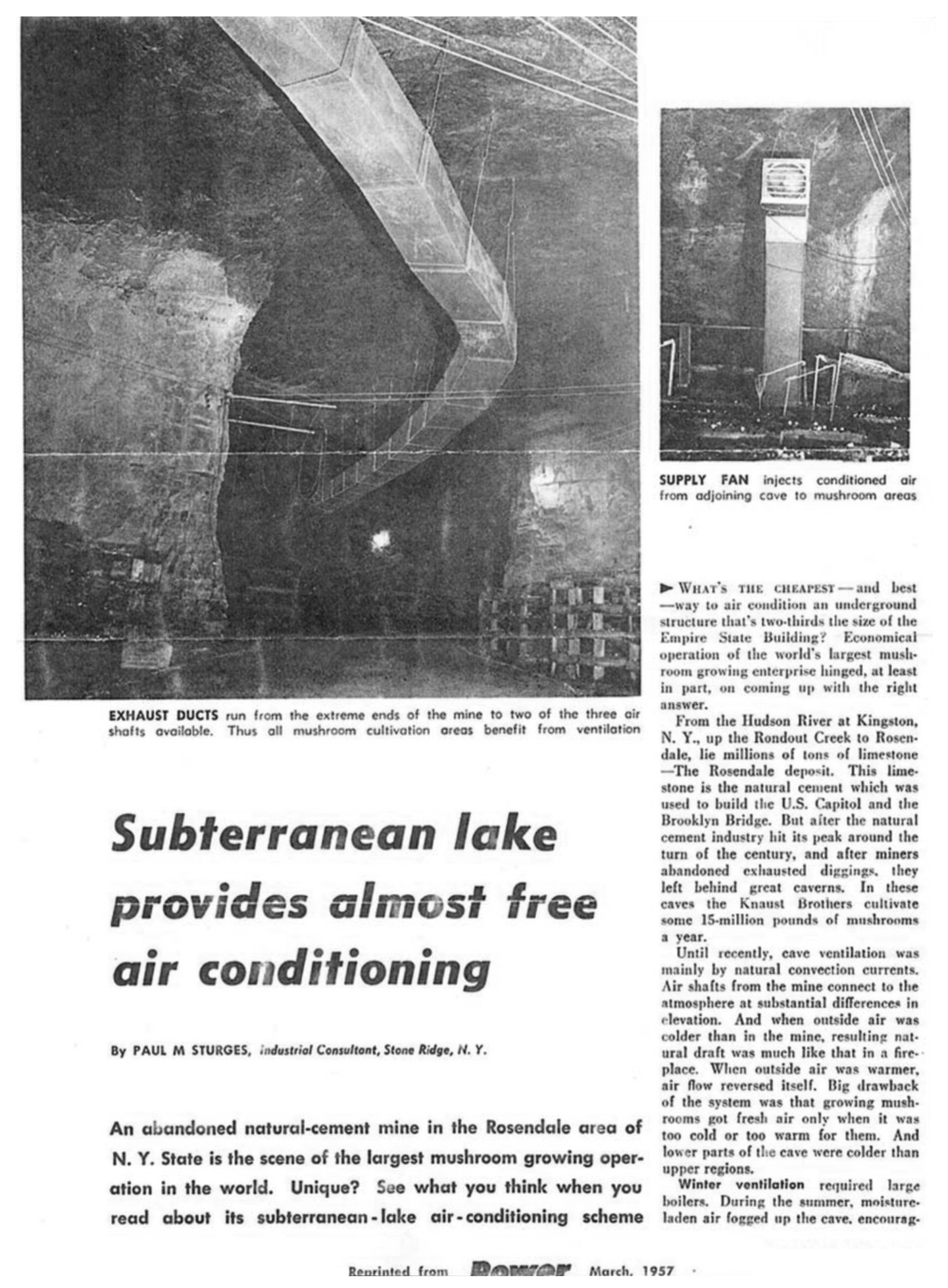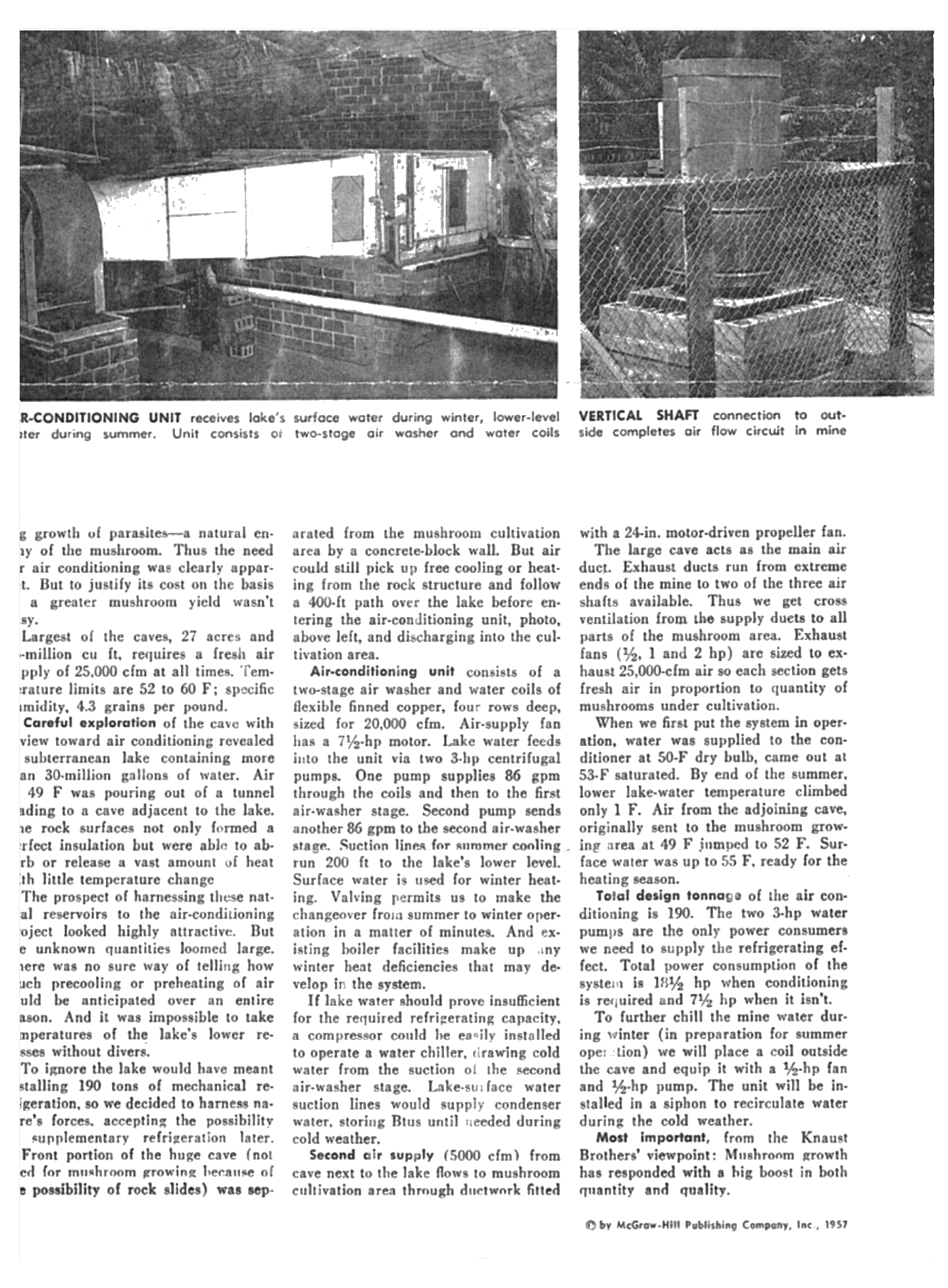History

The Newark Lime and Cement Manufacturing Company
The Kingston Cave, technically a mine, was established when the Newark Lime and Cement Manufacturing Company began extracting dolostone and limestone in the Rondout area of Kingston, New York, in 1851. This limestone deposit, known as the Rosendale deposit, became the foundation for the highest grade natural cement in North America, celebrated for its tensile strength and reliability.
Natural or hydraulic cement played a crucial role in America’s development, being used in the construction of canals and some of the nation’s most iconic landmarks, including the United States Capitol, the Brooklyn Bridge, the Washington Monument, and the foundations of the Statue of Liberty. In the late 19th century, it was also extensively utilized by the United States government for building fortifications and other significant infrastructure projects.
Mining the cement rock in the outcroppings and hills around the Rondout area involved tunneling into the hills, forming galleries or subterranean passageways that gave the hills a honeycombed appearance. The limestone was extracted across horizontal planes, creating a series of rooms and pillars—a method considered an engineering marvel due to its stability. The Kingston Cave was formed in this manner, with rock rooms excavated while pillars of untouched material were left to support the overhead roof. Miners used an extensive railcar system to transport the limestone to kilns where it was processed. The cement was then packed into barrels and transported to the company’s wharf on Rondout Creek for shipment.
Growing Agaricus Bisporus in the Kingston Caves
In 1905, after the Newark Lime and Cement Company ceased mining operations in Rondout, the Kingston Caves lay dormant until the early 1930’s when two brothers envisioned an innovative use for them. Herman and Henry Knaust, pioneers of the mushroom industry in New York State and the world’s largest producers and canners of mushrooms, needed additional growing space for their expanding business. The Kingston Cave was a natural fit.
Herman Knaust, along with Paul Sturgess, an inventor and early advocate for alternative energy technologies, designed an air conditioning system for the Kingston Cave that created an ideal climate for mushroom cultivation—decades ahead of its time. This green technology utilized the geothermal properties of the mine’s rock mass and its natural water supply, providing a unique air conditioning system for the facility. The Knausts grew Agaricus Bisporus, one of the most commonly consumed mushrooms worldwide, also known as the common mushroom, white mushroom, or button mushroom. They marketed these as “Choice, Tender, Cave-Grown Mushrooms [Sold] At Better Stores Everywhere.”
Past, Present & Future
1851
NEWARK LIME AND CEMENT MANUFACTURING COMPANY BEGAN EXTRACTING DOLOSTONE AND LIMESTONE
1851
1930s
HERMAN AND HENRY KNAUST PIONEER THE NY MUSHROOM INDUSTRY INSIDE THE CAVE
1957
KINGSTON CAVES’ UNIQUE NATURAL AIR-CONDITIONING SYSTEM WRITTEN UP IN “POWER: ” FROM MCGRAW HILL PUBLISHING
1957
2020s
THE KNAUST FAMILY IS OFFERING KINGSTON CAVES FOR SALE OR LEASE
Future
A NEW CHAPTER FOR BUSINESS AT KINGSTON CAVES
Future
Stewards of the Subterranean
The Knaust family of Saugerties, New York, has been associated with the Kingston Caves for nearly 100 years. With a deep commitment to preserving the natural world, including its flora, fauna, and natural resources (including water), they have dedicated themselves to protecting and safeguarding the assets of the Kingston Cave.
Under their stewardship, they have established collaborations with biologists at the New York State Department of Environmental Conservation to develop strategies for monitoring harmful pathogens specific to bats (Chiroptera). Although the Kingston Cave is not recognized as a prime bat hibernaculum, studies have been conducted there to explore mitigation measures that support the health of bats in the Northeast.
Additionally, scientific fieldwork has been carried out in the Kingston Cave in the fields of geology and hydrology, particularly focusing on the recharge area, volume, and quality of the water in the underground lakes of the mine. The Knausts have long recognized the importance and value of this water supply and have consistently worked to protect this unique resource.




